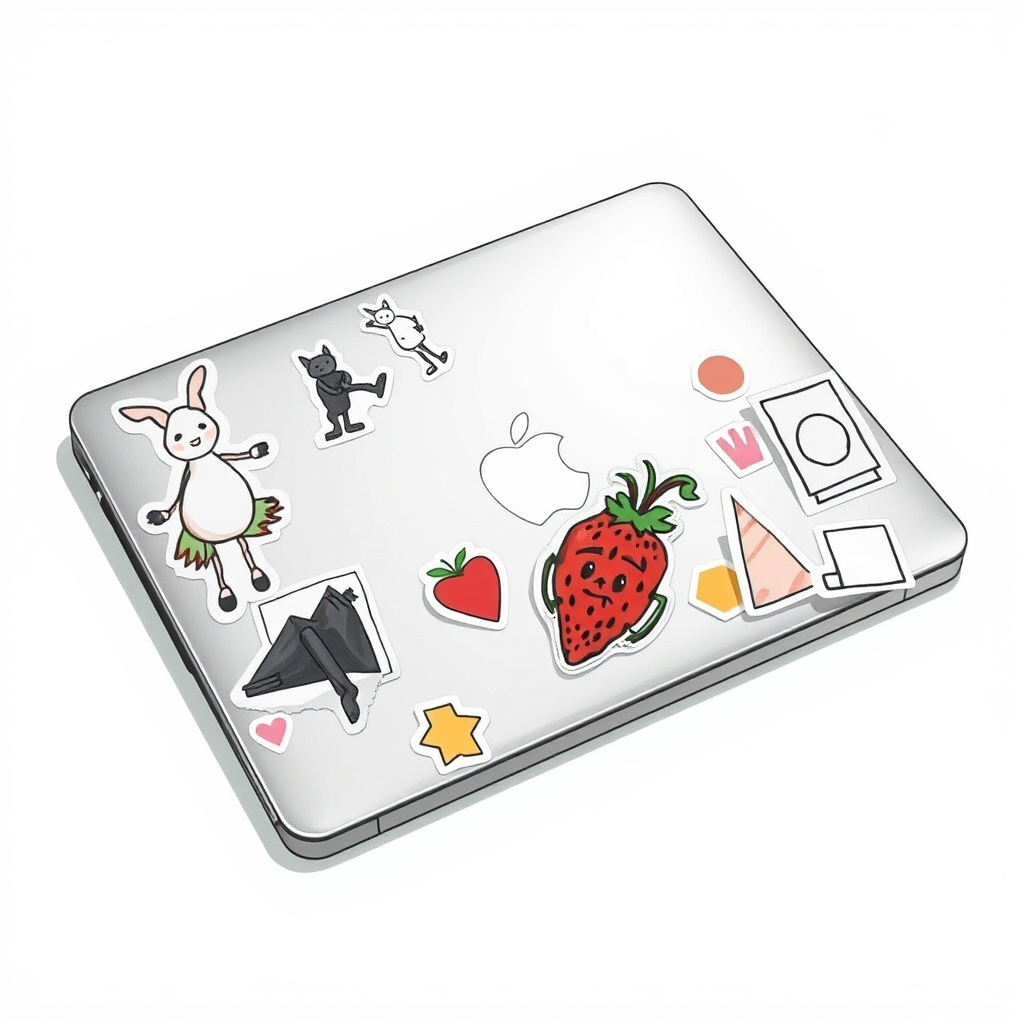Stickers: Why Tangible Things Still Matter Today

In an increasingly digital world, a growing counter-movement champions the tactile and imperfect. A recent surge in appreciation for physical stickers, particularly those offered by online boutique Sutekkako-bo, exemplifies this trend. What began as a nostalgic fondness for childhood collectibles has blossomed into a deliberate rejection of ephemeral digital experiences.
The appeal isn’t simply aesthetic. Proponents describe a sensory experience absent in their digital counterparts – the slight static cling, the subtle scent of adhesive, the satisfying peel from a wax backing. These aren’t merely decorations; they’re tangible reminders of moments, feelings, and identities. Unlike fleeting digital images, a physical sticker adheres to surfaces – and, crucially, to memory.
Sutekkako-bo, in particular, has cultivated a devoted following by offering handmade stickers characterized by their quirky, often absurd designs. Forget polished perfection; these stickers embrace imperfection, featuring intentionally “off” lines, slight wrinkles, and a general air of delightful chaos. Designs range from a ballet-dancing goat to a strawberry experiencing an existential crisis – imagery deliberately devoid of context, offering pure, unadulterated “vibes.”
This embrace of the imperfect is, arguably, a reaction against the curated perfection of social media and the disposability of digital content. A digital sticker offers an “undo” button; a physical sticker demands commitment. A misplaced sticker isn’t deleted; it’s a lesson in embracing flaws.
The author vividly describes a personal collection adorning a MacBook lid, each sticker a marker of a specific life event – a job quit, a heartbreak processed through art supplies. This isn’t mere decoration; it’s a visual autobiography, a testament to lived experience.
While some may dismiss this as simple nostalgia, the movement taps into a deeper desire for authenticity and tangibility. In a world saturated with digital noise, the simple act of peeling and sticking a sticker offers a grounding, sensory experience. It’s a reminder that life isn’t about flawless presentation, but about embracing the mess, the imperfections, and the moments that make us uniquely ourselves. The author’s passionate defense of these “sticky things” isn’t just about stickers; it’s a plea to remember the value of the physical world and the importance of cherishing the small, tangible reminders of a life well-lived. It’s a surprisingly powerful statement in an age of increasing digital detachment.